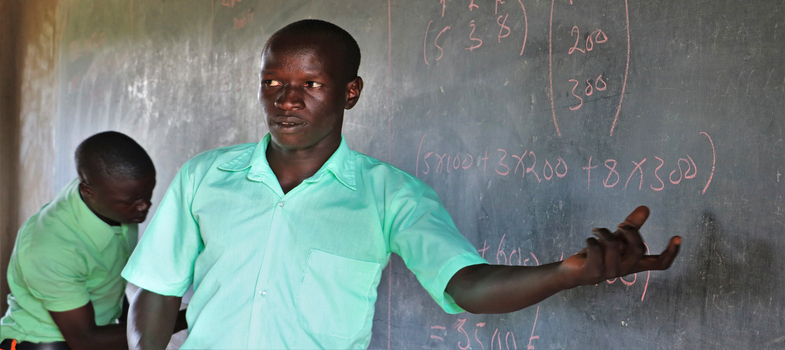Assessment vs. evaluation
While
assessment focuses on the learning and teaching processes and outcomes, and
provides information for improving them, evaluation focuses on grading the quality
of learner’s outputs. Evaluation is therefore described as the structured
interpretation and giving of meaning to results. It looks at original
objectives and makes a comparison with what was accomplished. An evaluation can be used as a
final review to gauge the quality of instruction. It is always
product-oriented. This means that the main question is: “What’s been learned?”

Following are a few steps involved in the process of evaluation:
1. Identifying and defining general objectives
In the evaluation process, the first step is to determine what to evaluation and so to set down educational objectives.
2. Selecting teaching points
The next step in the process of evaluation is to select teaching points through which the objectives can be realised. Once the objectives are set up, the next step is to decide the content (curriculum, syllabus, course) to help in the realisation of objectives.
3. Planning suitable teaching and learning activities
Thirdly, the teacher will have to plan the learning activities to be provided to the learners and, at the same time, bear in mind the objectives as well as teaching points.
4. Evaluating
The teacher observes and measures the changes in the behaviour of learners through testing.
5. Using the results as feedback
The last, but not the least, important step in the evaluation process is the use of results as feedback. If the teacher, after testing the learners, finds that the objectives have not been realized to a great extent, she/he will use the results in reconsidering the objectives and in organizing the learning activities.
